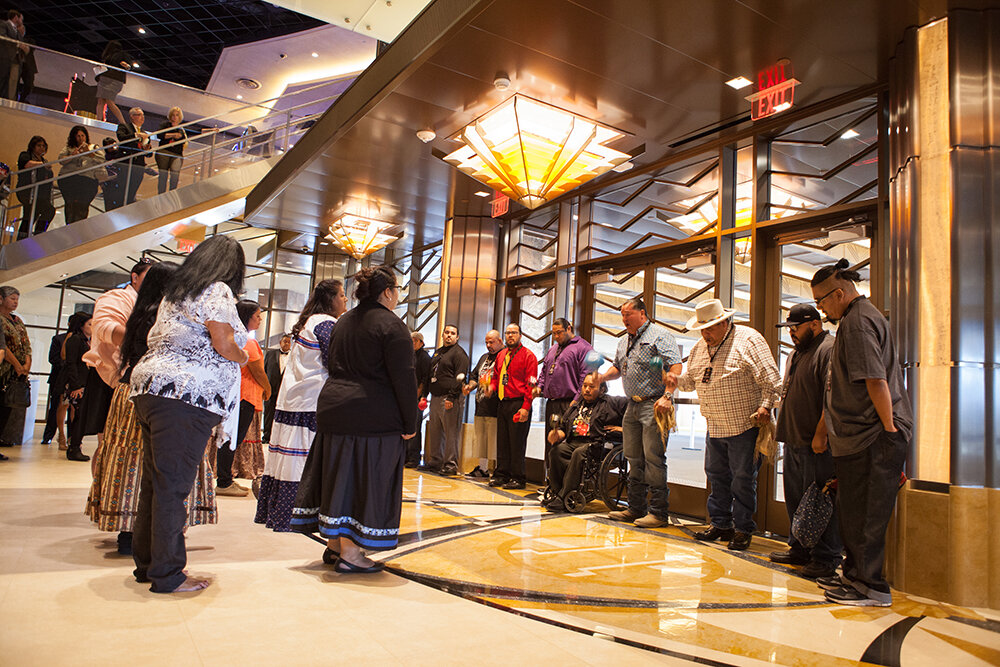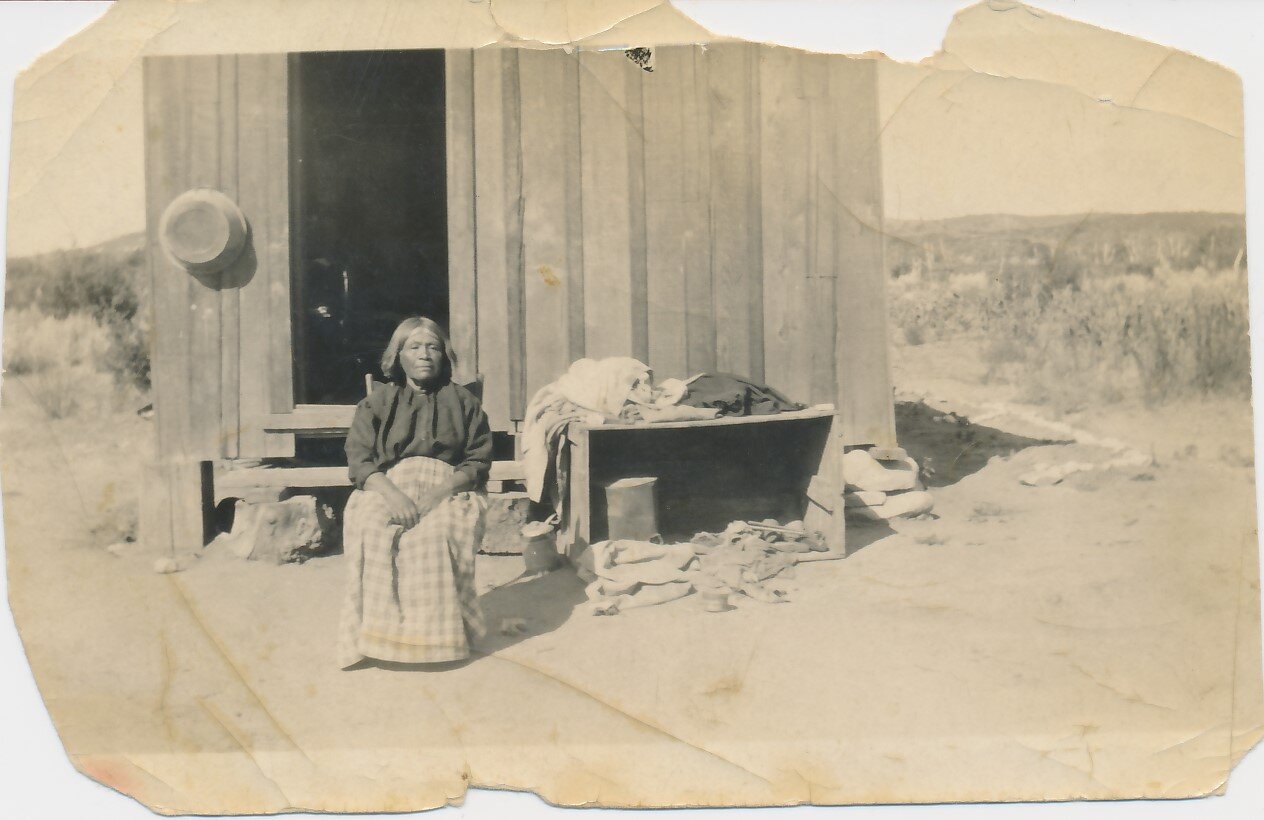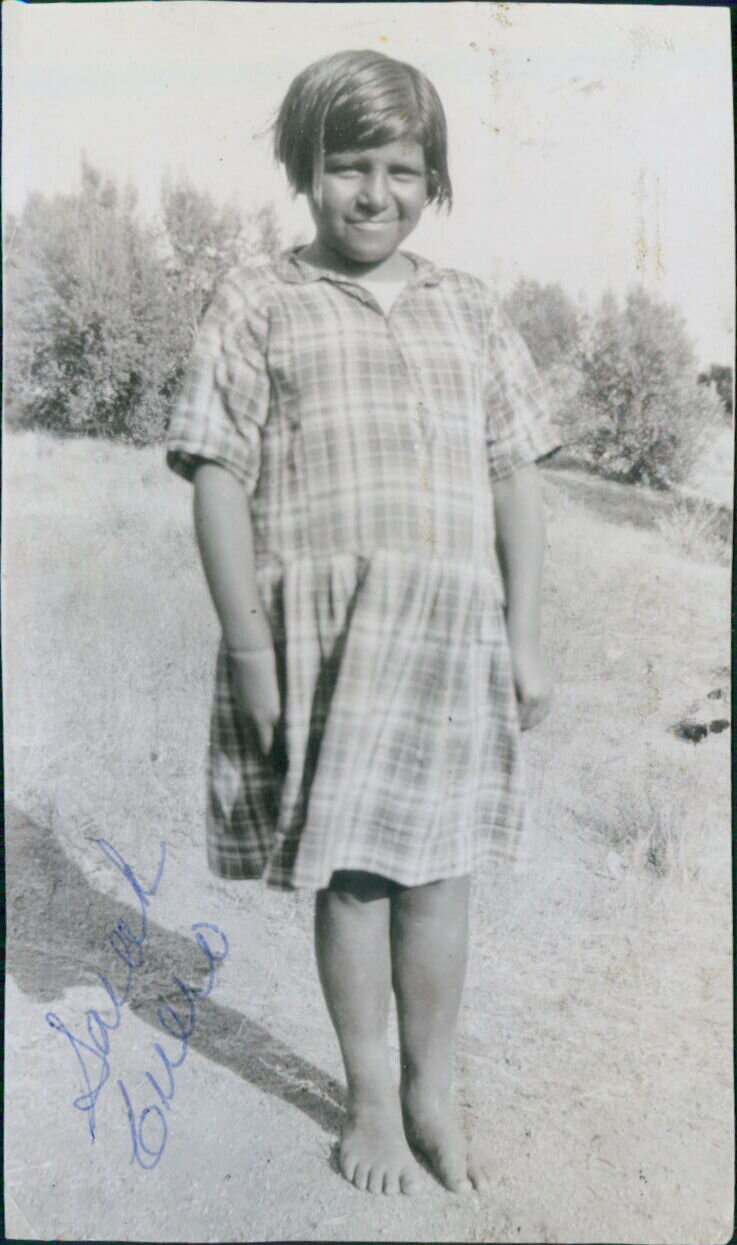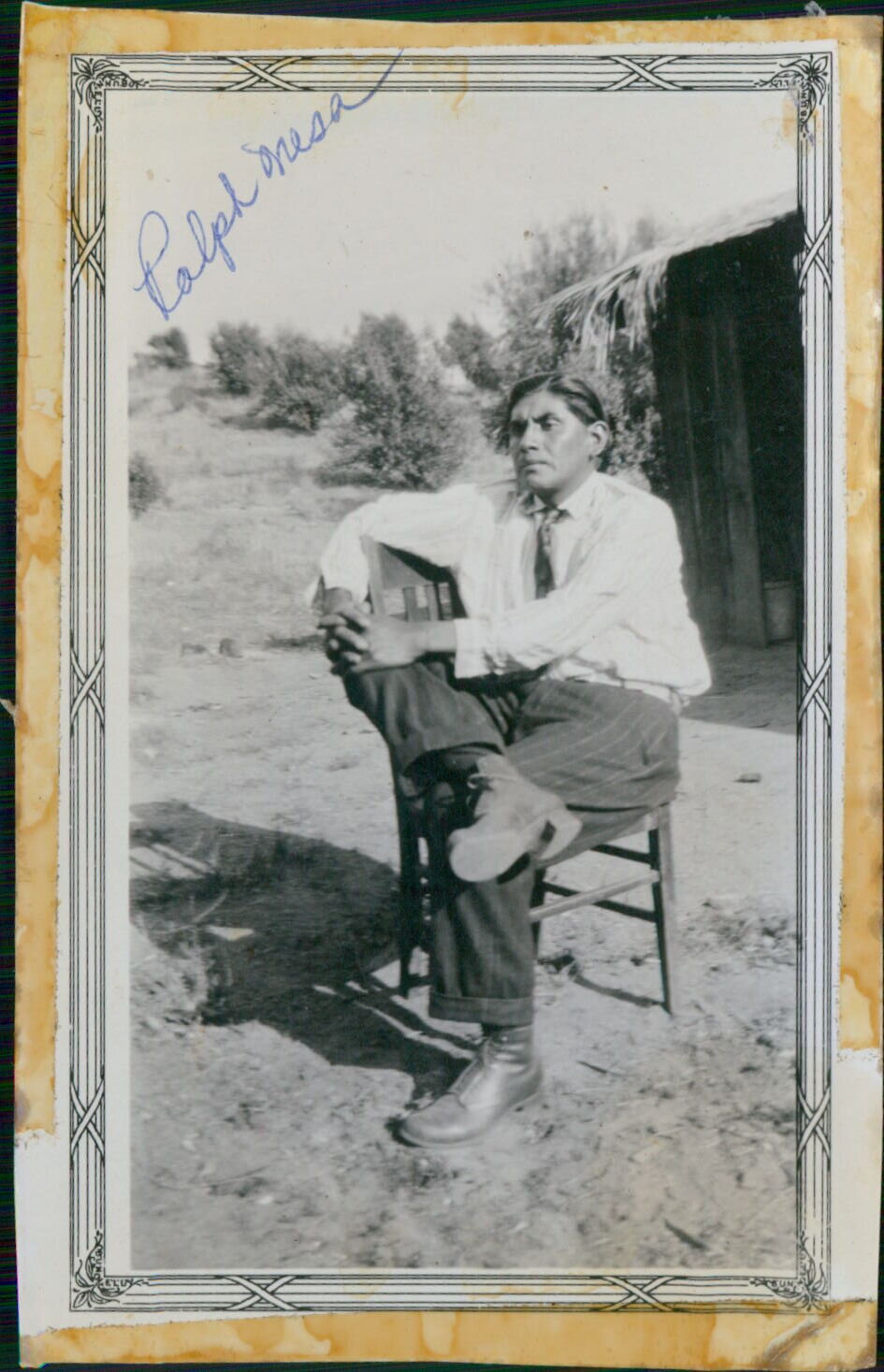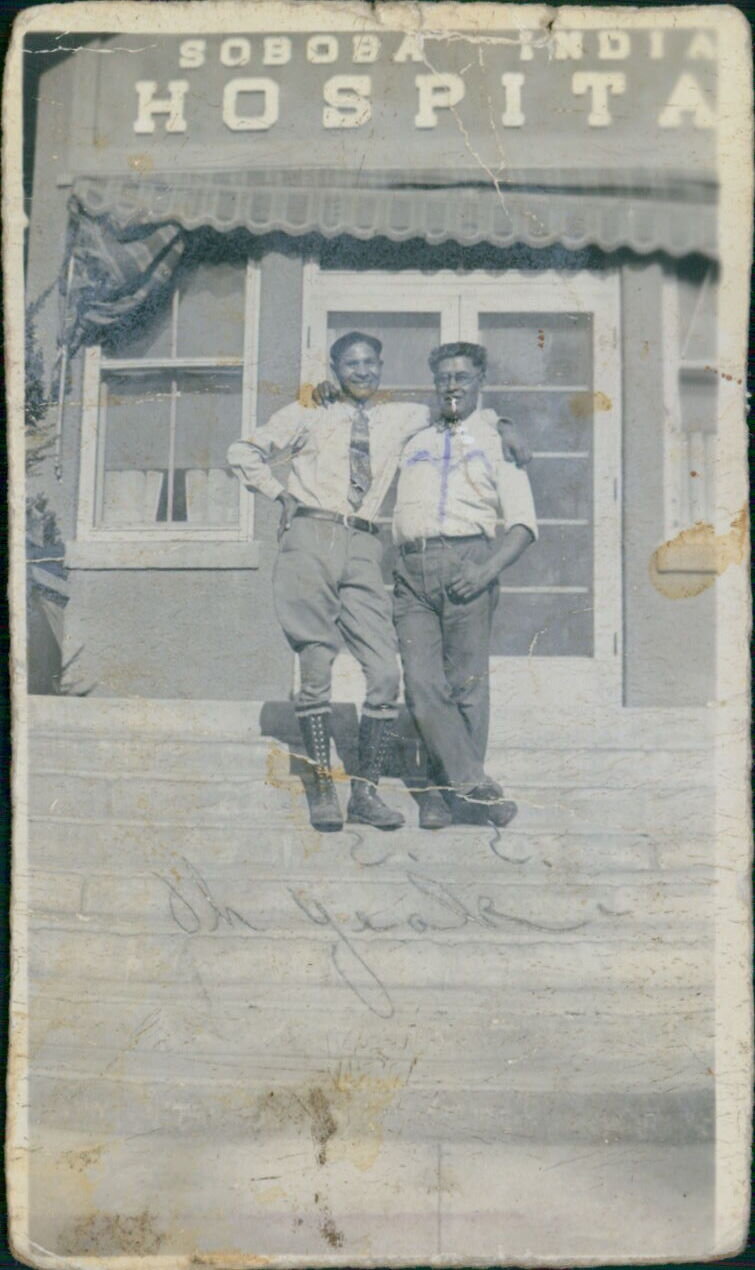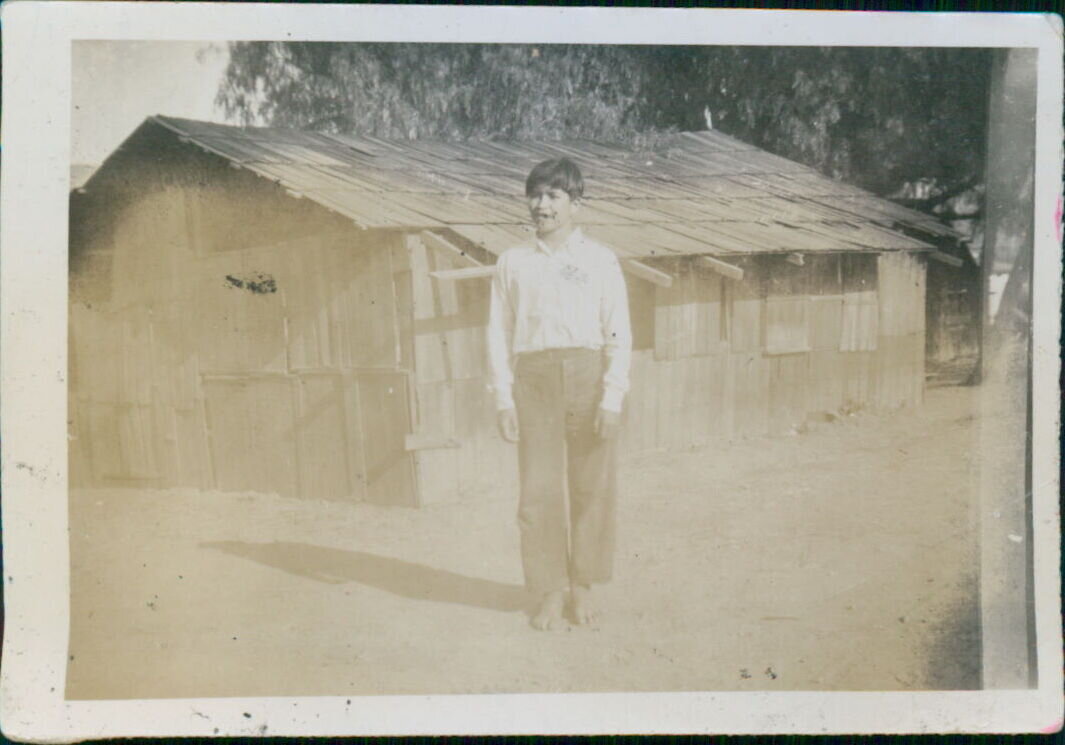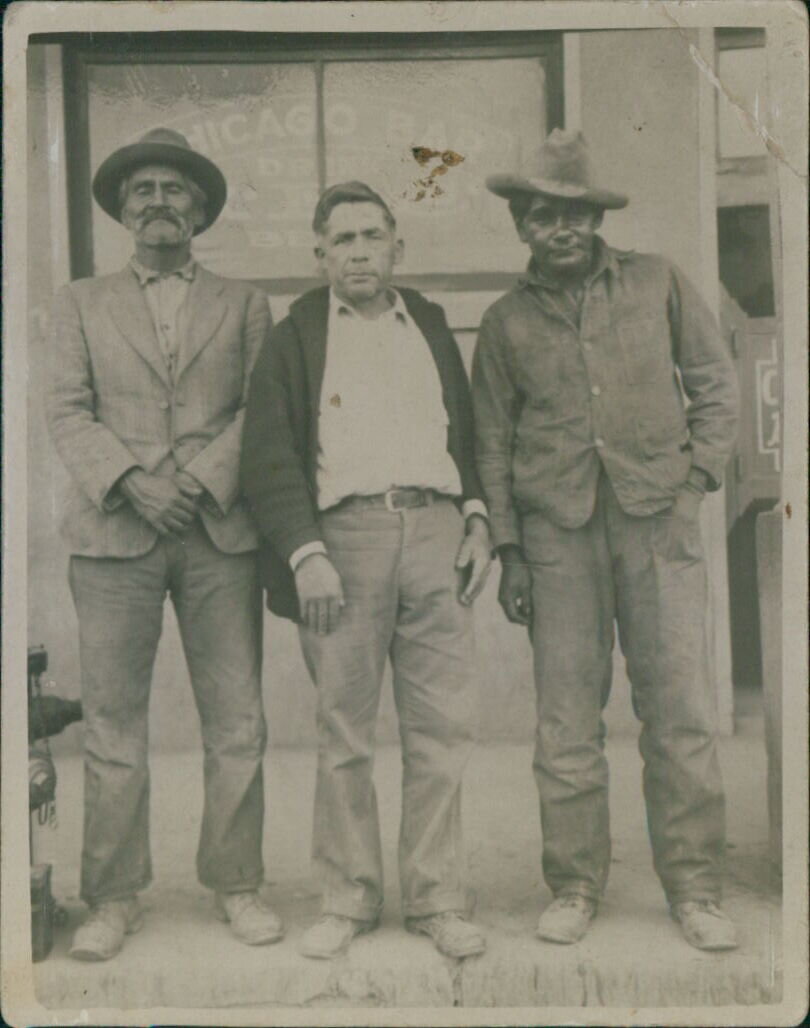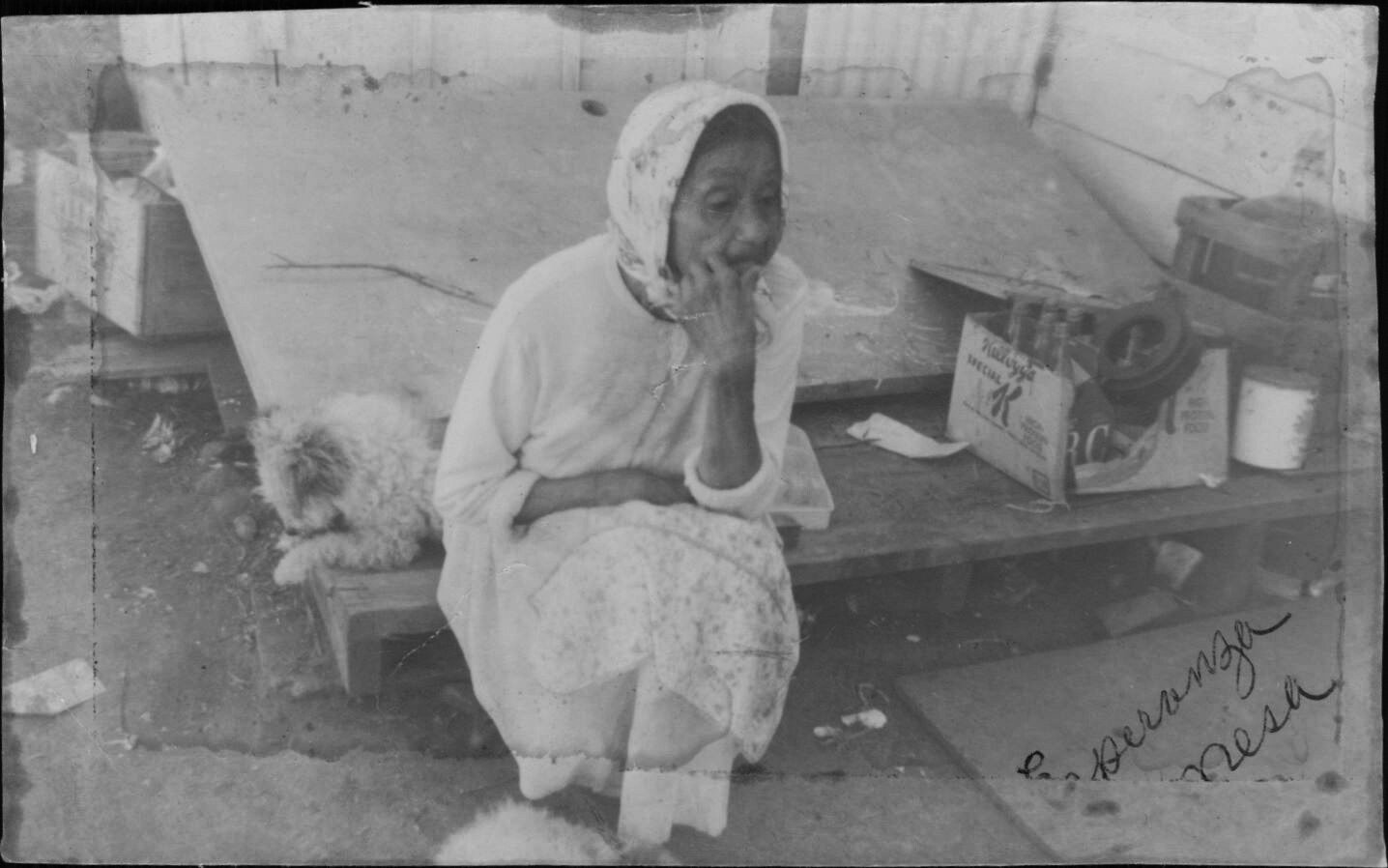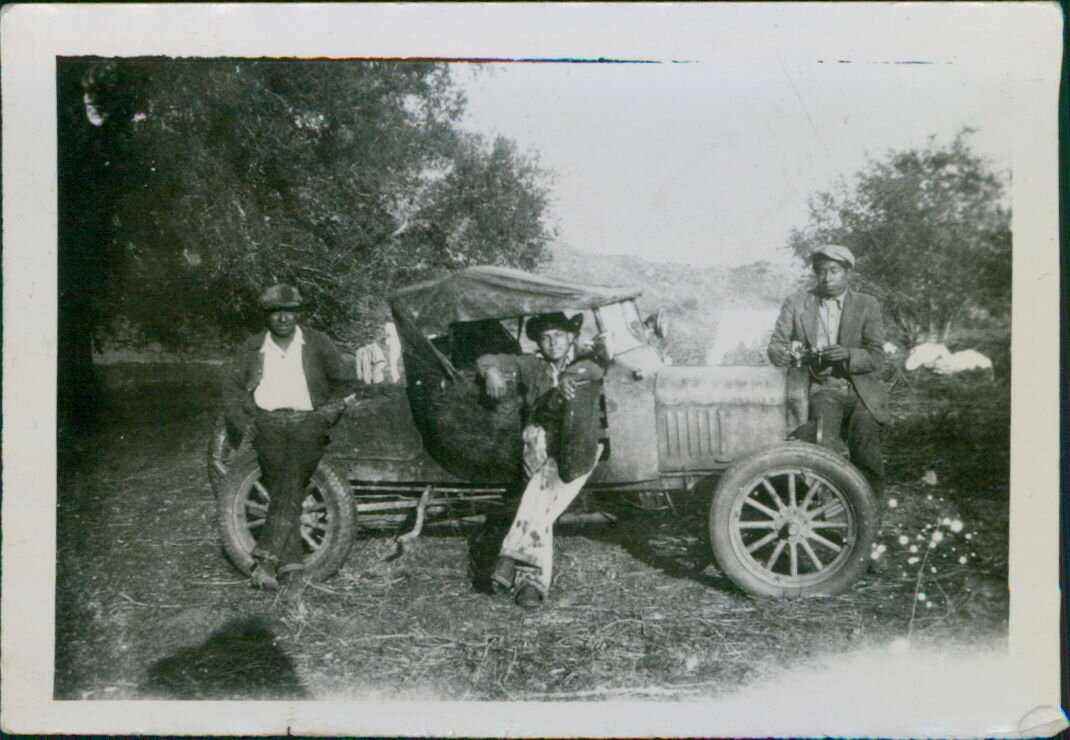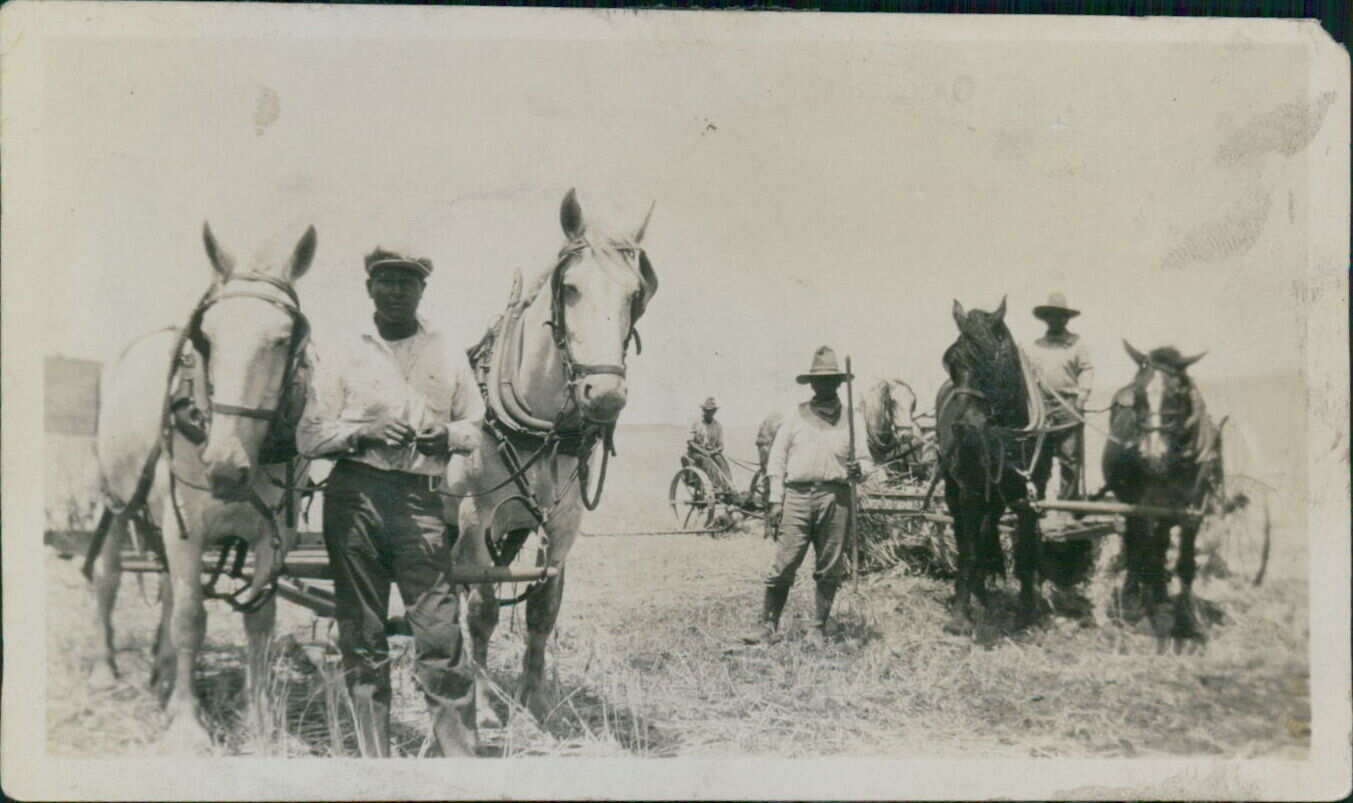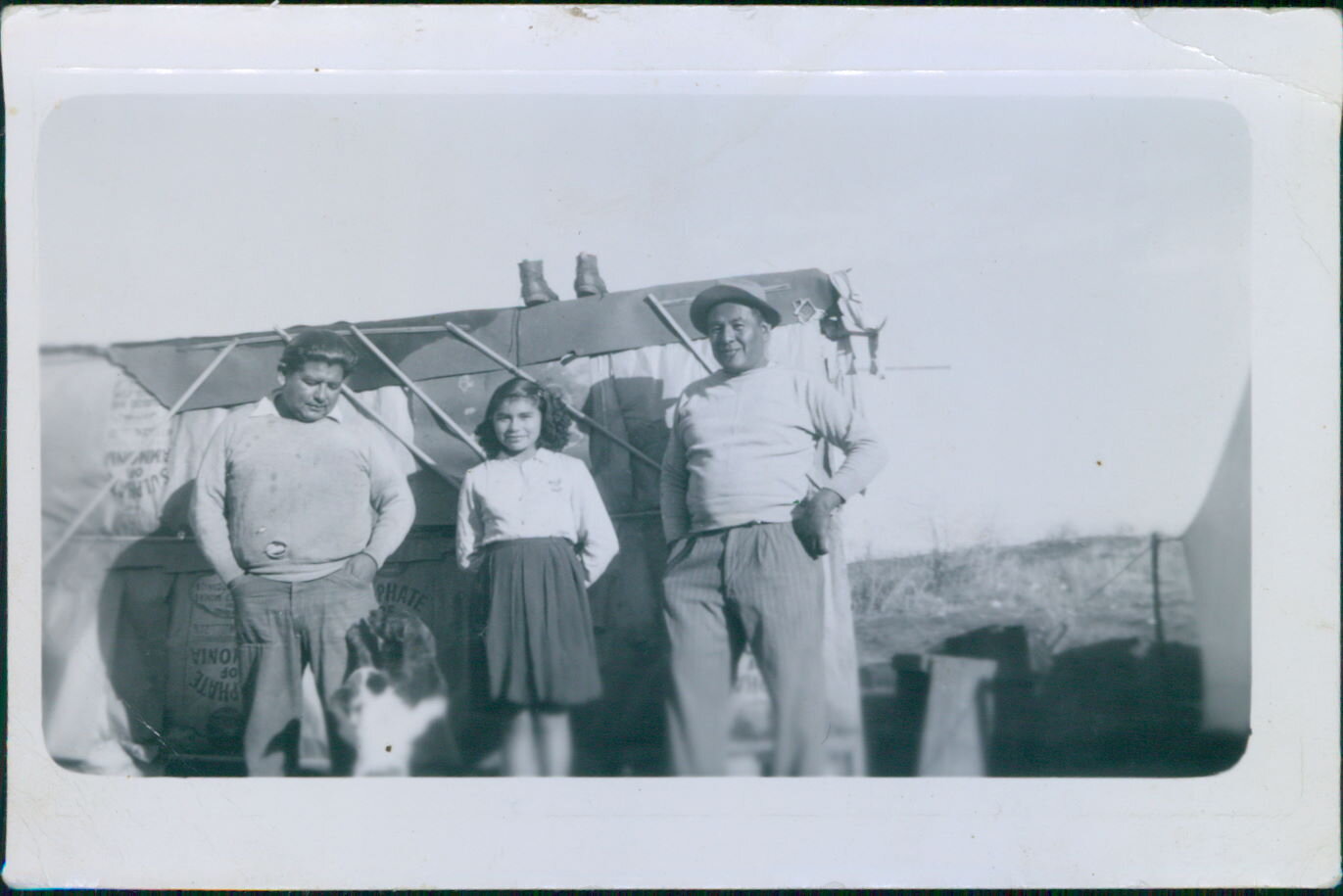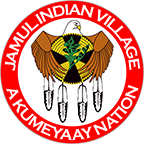
Our History
THE STORY OF JAMUL INDIAN VILLAGE OF CALIFORNIA
The tribal members of the Jamul Indian Village of California trace their roots 12,000 years back to a time of independence and self-sufficiency. A part of the Kumeyaay people, their ancestors hunted, fished and raised their families in present day San Diego County and northern Mexico. They knew the land well, watching the seasons pass, Kupiihaw (fall), Hiichur (winter), Chiipam (spring) and Iipaal (summer) and teaching tribal traditions and values.
Tribal elders recall stories of turbulent times after first contact with Europeans. These stories passed down from generation to generation, in both oral form and through pictographs that survive to this day. Portuguese explorer Juan Rodríguez Cabrillo landed in present day San Diego Bay in 1542, making first contact. The Kumeyaay people referred to Europeans as Guacamal, and although trading occurred with early European explorers, the Kumeyaay people were eventually pushed east to present day El Cajon, Santee, Jamacha and Jamul.
Drawing from the region, the name Jamul Indian Village of California was born. Vice-Chairman Kenneth Meza, Executive Council Members Carlene Chamberlain, Jesse Pinto and Raymond Hunter remember stories of the reservation’s establishment in 1912. As a young boy, Mr. Hunter’s uncle Hank Aldama was told to collect a small rock, no larger than his fist, and run as far north, east, south and west as his legs could carry him. This would become the boundaries of the reservation. Decades later, Mr. Aldama would recall with a laugh, “I thought I ran farther than that.”
The Jamul Indian Village of California made the most of their small reservation in east San Diego County, although modern amenities were slow to arrive. Mrs. Chamberlain remembers taking trips to the well for water, carrying five gallon buckets. Their dwellings were meager, made mostly of scrap plywood and metal with dirt floors. The nearby creek provided tribal members a place to bathe and wash their clothes. Electricity did not make its way to the reservation until 1980, a date which Mr. Pinto and Mr. Meza recall clearly.
Electricity provided light for small gatherings on the reservation, mostly honoring their ancestors and those who had recently passed away. The Jamul Indian Village of California holds its ancestors in reverence, gathering each year to light candles and decorate the graves of those who have passed away. “Had they not been here and struggled for so long, we wouldn’t be here today. They gave so much,” said Mrs. Chamberlain of her ancestors.
The 1980’s were also a pivotal time politically for Jamul Indian Village of California. After decades of work by elders to engage with the federal government in a meaningful way, Jamul Indian Village was formally recognized by the United States as an Indian tribe in 1981. By this recognition, the federal government acknowledged the tribal sovereignty of Jamul Indian Village.
Tribal independence and the principle of self-determination continue to guide the people of Jamul Indian Village of California. Through struggle they have emerged stronger than ever with resolve to create a better future for generations to come. The construction of a world-class gaming facility is the next chapter in the evolution of the Jamul Indian Village of California.
